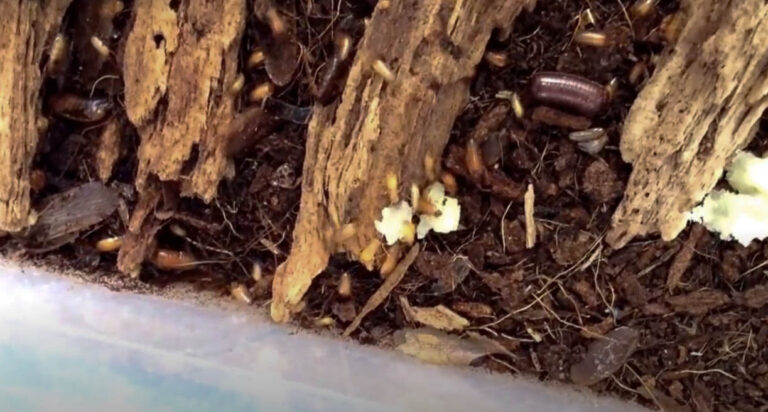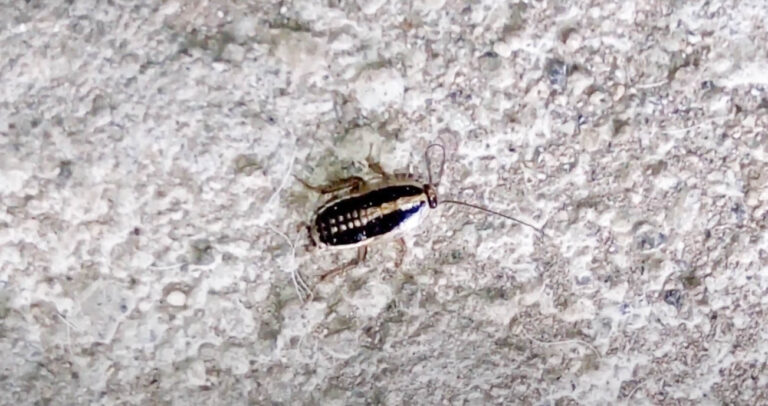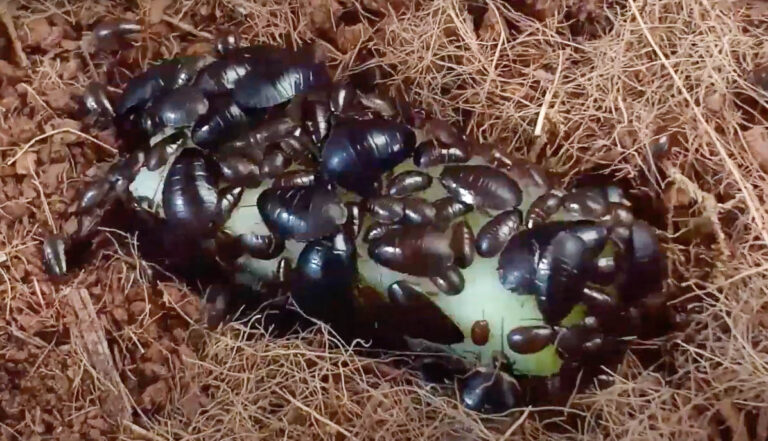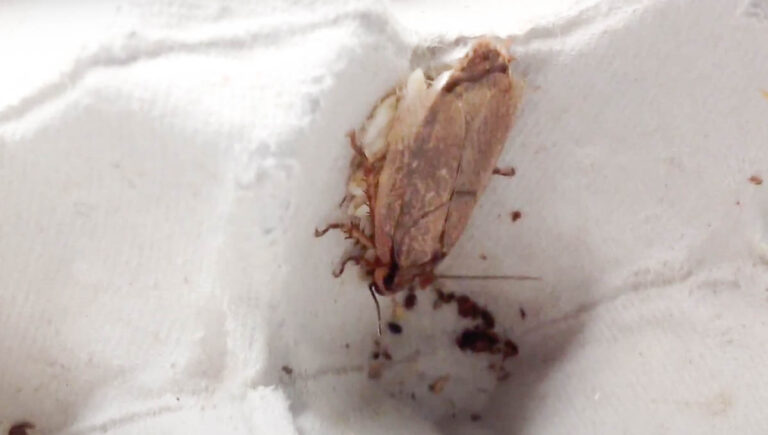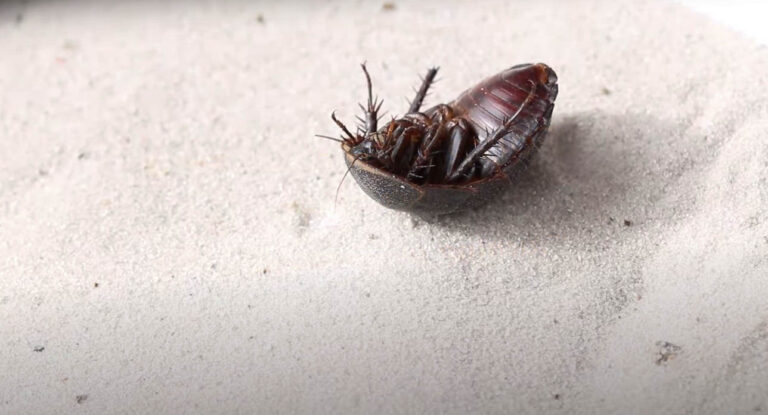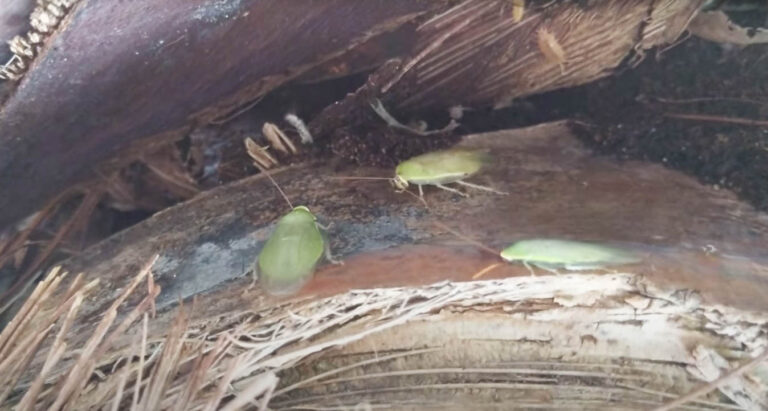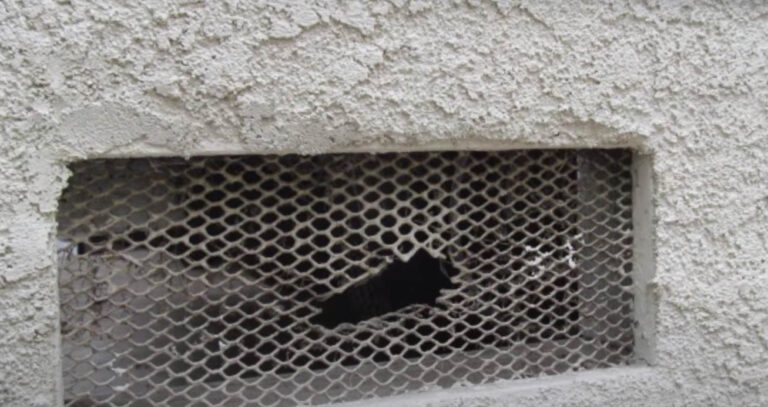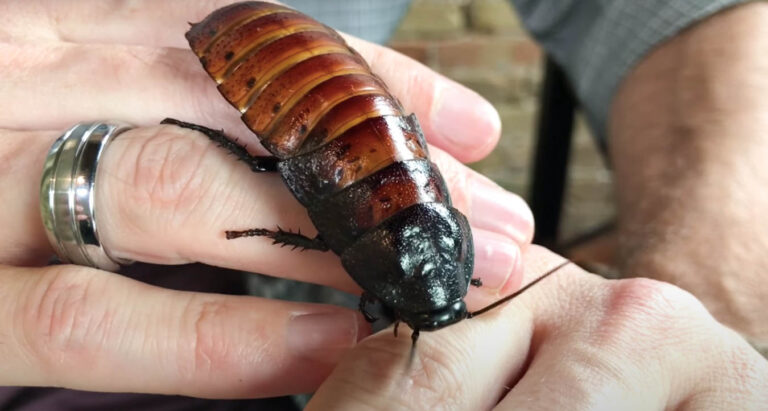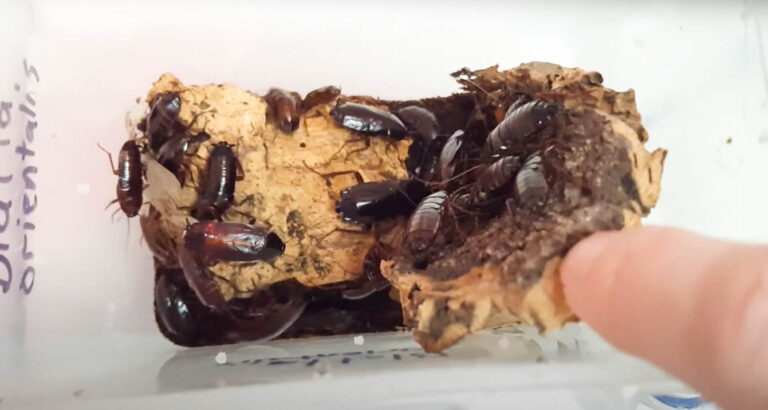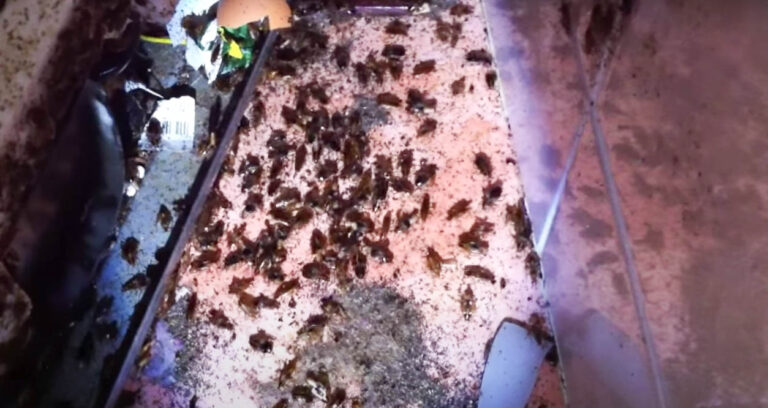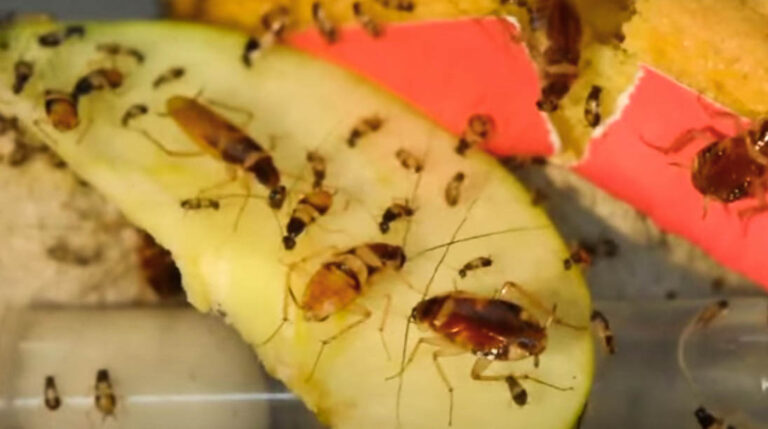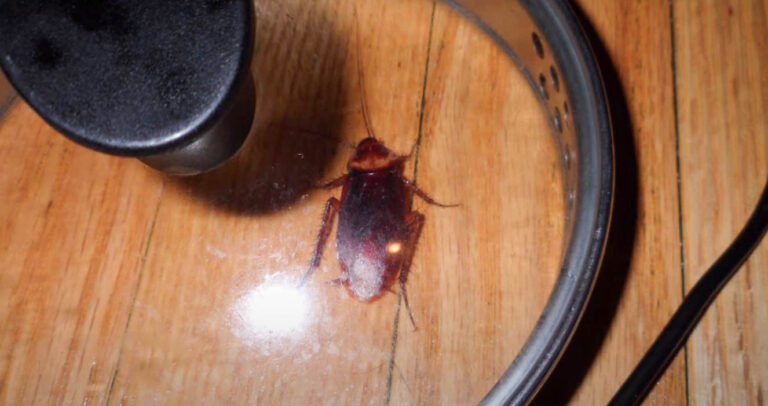About Sand Cockroaches
About Sand Cockroaches
The sand cockroach (Sub-family Corydiidae), also known as the desert cockroach, comes from the Poliphagidae cockroach family. As the name suggests, sand cockroaches are burrowers. They live in the sand and prefer dry and hot conditions. The scientific name of sand cockroaches means “sand wonderers.” Just like the green cockroach, the sand cockroach rarely invades human dwellings. And if it does, you should call your local pest control agency to remove them.
Appearance
What makes this species stand out is the striking resemblance with the trilobites. Like other cockroach species, the sand cockroach goes through three life cycles. The appearance and characteristics differ with each stage.
a. Egg
The breeding happens in the ground. The female sand cockroach carries the ootheca for some time before hiding it in the ground until they hatch.
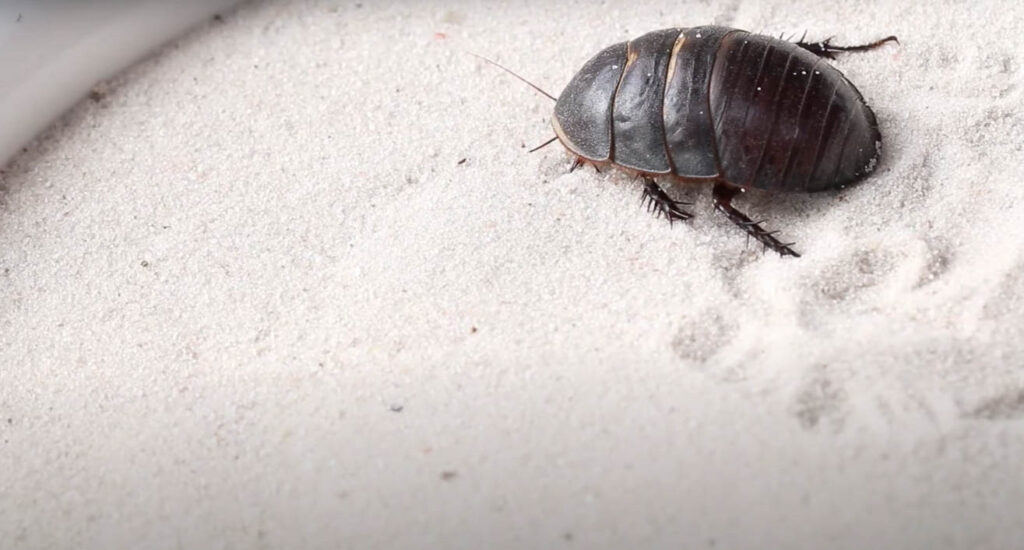
b. Nymph
Females and nymphs stay in the ground and rarely come out. The larvae look like small females; if they are male, they develop male sand cockroach features.
c. Adult
An adult sand cockroach is brown and can grow up to an inch in size. The males have wings that extend to their abdomen and can fly while females don’t have wings. Due to a lack of wings, the female cockroaches of this type can run to escape dangerous environmental stimuli. They have long antennae with flat bodies. Males are bigger than females. The females have a Protonum that is broad and covers the head; they have hair-like structures on the dorsal surface of the Protonum.
Behavior
Sand cockroaches feed on organic matter, plant roots, and seeds. The male sand cockroach comes out to hunt and is also attracted to light. The females are active only at night. The adult sexes are different in appearance and characteristics.
It is speculated that the females come out at night, use the sex pheromones to attract males, mate, and then return to the sand. Sand cockroaches are not commonly found in homes since they can’t afford to leave their cool and quiet burrows to stray away. Therefore, if you find a sand cockroach roaming about in your house, it might have gained entry through an open door or window since they are attracted to light.
Life cycle
Like other cockroaches, the sand cockroaches go through three life cycles; the egg, nymph, and adult. The females, eggs, and larva live underground. The females only come out to hunt for food. Sometimes they move under the sand, and their location can be seen, with a moving bump on the ground. Sand cockroaches gain weight by absorbing water from the surroundings. Sand cockroaches have two little bladders on their mouth that condense water vapor.
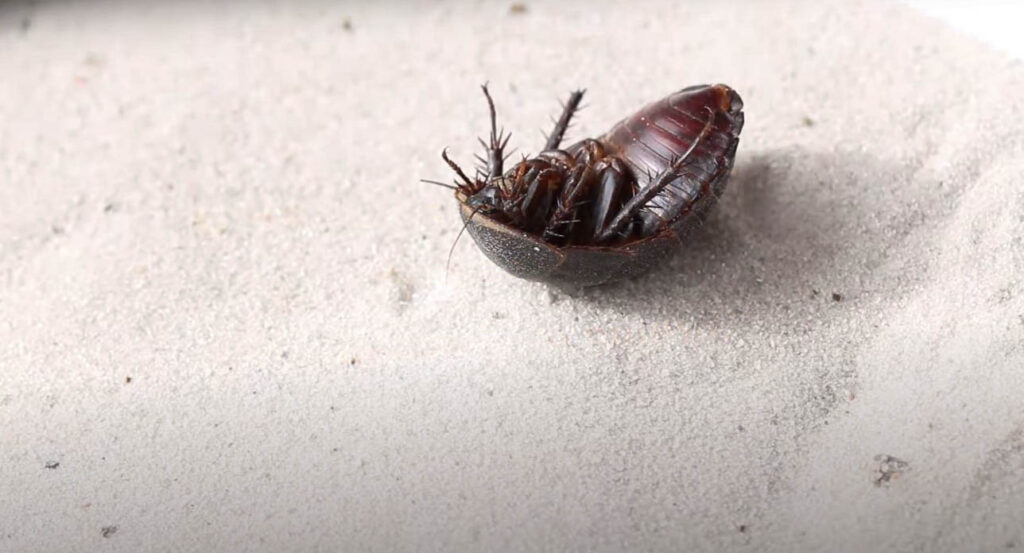
Habitat
Sand cockroaches or desert cockroaches live in dry climate conditions like deserts and sandhills. They also reside in rodent holes. They don’t enter human habitations, and if they do, they will not stay long enough to breed. They are not known to cause any harm to humans. Any sand cockroach you encounter during the day is probably a male; they don’t confine themselves underground for long, maybe because of their functional wings.
Control
- Make sure the windows and doors are tightly closed, especially at night. Male sand cockroaches are attracted to light.
- Regulate the temperature and humidity within and outside your home. You can make the temperatures unfavorable for the pest.
- Clear excessive sand around your home; if you live near deserts or sandhills, you can look for pest control experts to help with the
identification. - The insect does not breed in houses; simple extermination measures like insecticides in baits, sprays, or powders are enough to get rid of them.

